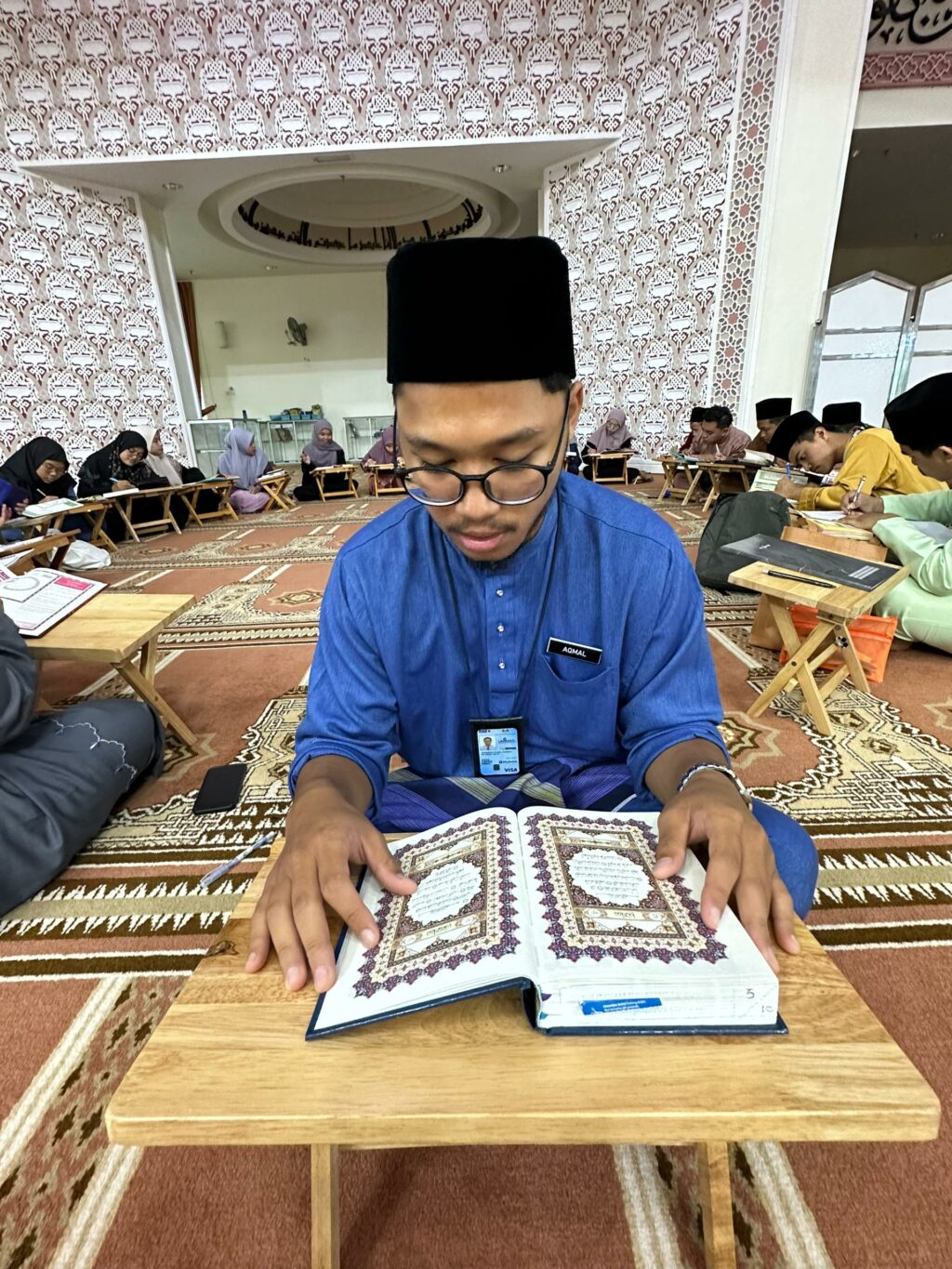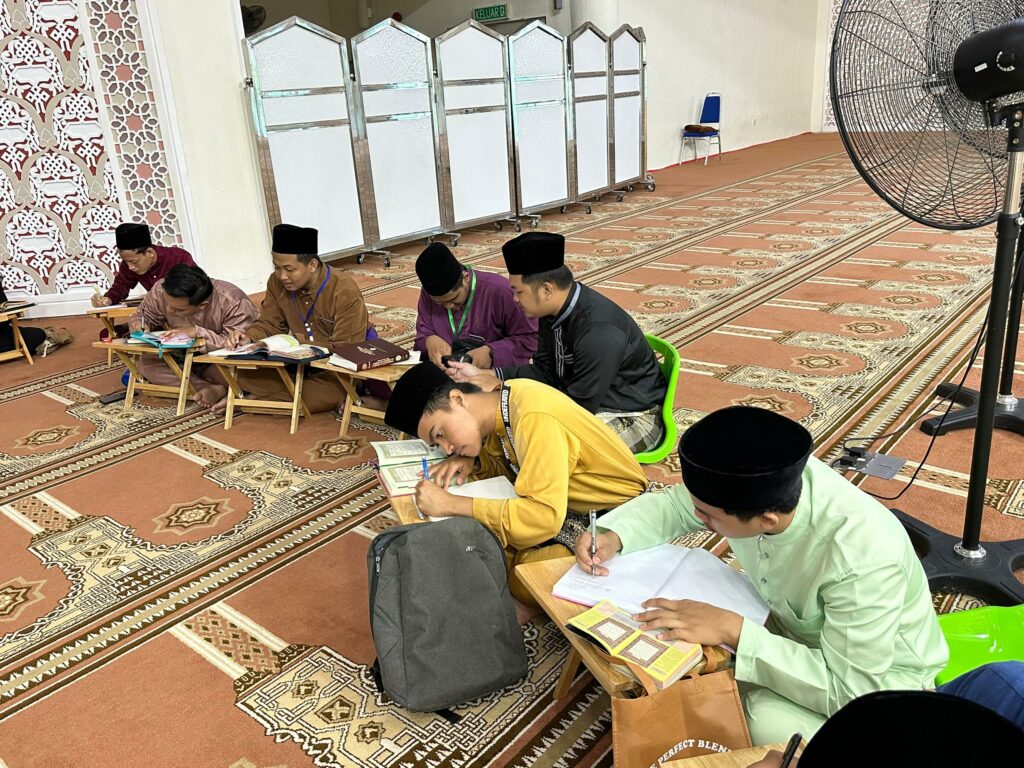
Do you recall as a child sitting cross-legged in front of your Ustaz or Ustazah, reciting the Quran and getting corrected every now and then, perhaps with a slap of rotan on your knuckles when your attention wandered? This is called talaqqi musyafahah. The teaching part, that is, not the slap.
Talaqqi musyafahah is a conventional, direct teacher-student Quran recitation learning method. As learning methods go, it has its pros and cons. Whilst some learners do well, some struggle to comprehend the tajweed principles, which are typically only mentioned verbally by the teachers. Research in fact showed that many could not recite the holy book smoothly and accurately, especially when it comes to Mad (elongation) and Idgham (merging) principles. This is especially troubling, especially for learners of Islamic Education.
In their effort to enhance learning, our Islamic Education educators attempted to incorporate memorisation techniques into the learning of Quran. Researchers Ustaz Muhd Syahazizamir and Ustazah Fatin Ardani experimented with a method called Focused Mad and Idgham, or FMI.
FMI is a mnemonic strategy using initialism. Whilst reading, learners are required to record every encountered Mad and Idgham principles by writing the initials M or I on the mushaf al-Quran using a pencil.


Is the extra work worth it?
In short, yes. Simple things usually yield good results, the reason being it is easily understood and therefore easily applied.
In a study titled The Implementation of the Focused Mad & Idgham Technique published in the Journal of Cognitive Sciences and Human Development, the researchers discussed the results from the method, which was tested on 29 selected students in three phases over 14 weeks.
They found that most learners demonstrated increased ability to identify the aspects of Mad and Idgham, indicating improvement in their Quran reading skills. In other words, their accuracy of the tajweed principles has improved.
The researchers noted that the learners initially struggled a bit as they had to pause each time to jot down the initials M or I, and then repeating the ayah that they recited.
“That is the drawback – the slower pace,” Ustaz Syahazizamir said.

That said, the process of learning cannot always be fast paced. The required notations and repetitions clearly increase the salience of the Mad and Idgham principles. In the FMI method, learners do not simply parrot their teacher – they take an active part in their learning. This focuses their attention and participation and therefore contributes to the learners’ phonemic awareness.
“Of course, no learning method is effective when the learner is not willing,” Ustazah Fatin Ardani cautioned. “We see some learners struggling more and some less, but their effort is truly important, no matter the method.”
The researchers plan to find the best way to integrate the FMI method into their teaching and learning and continuously improve it, in their bid to produce graduates who are not only fluent in Quran recitation, but highly capable of teaching the new generation of Islamic scholars.
This is one of the many continuous efforts from the faculty to providing the best learning environment and outcomes for our learners.